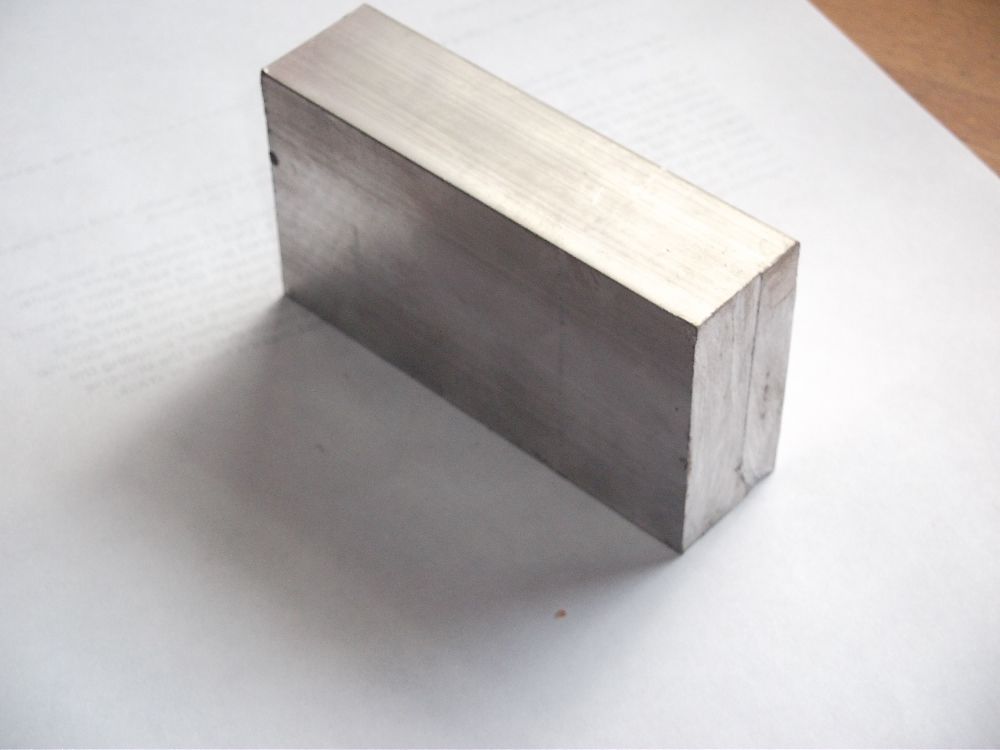Personally Graham I do not disagree with the terms level or levelling being used providing that they are explained to the novice when used in the context being discussed here. Also, when used in articles in a magazine, in books or on other threads on the subject. This I think is vital as the vast majority will not be aware of its meaning in this situation.
Unfortunately, this very often is not done and the novice is faced with suggestions that in some cases give the impression that the bed must be set up level ( as most understand the word, me included) at both ends using an engineers level, whilst other will say this is not necessary providing the bed is not twisted. Then some saying that using an engineers level is a good way of testing this if one is available.
Regarding the comment about lathes on board ship, I probably was responsible for starting this. Consider the novice confused by the lack of precise detail as mentioned above, he, or she, may go away and say that Harold Hall says that the lathe need not be level whilst man B gives the impression that it should be.
Having given the two approaches consideration it would be understandable if the decision was taken to go with man B as Harold himself owns up to being just an electrical engineer. As a novice is involved, one needs at this stage to avoiding getting too deep into the detail and referring to a lathe on board ship seemed to me to be one that the novice could understand.
I would also say to Michael W. If you have understood the term levelling from an early age you are in a fortunate position regarding the term used in this context. Where you acquired the knowledge from would be interesting but in my estimation a very large proportion of those owning a lathe will not have that knowledge and need it explaining in detail.
Harold
 Michael Gilligan.
Michael Gilligan.






